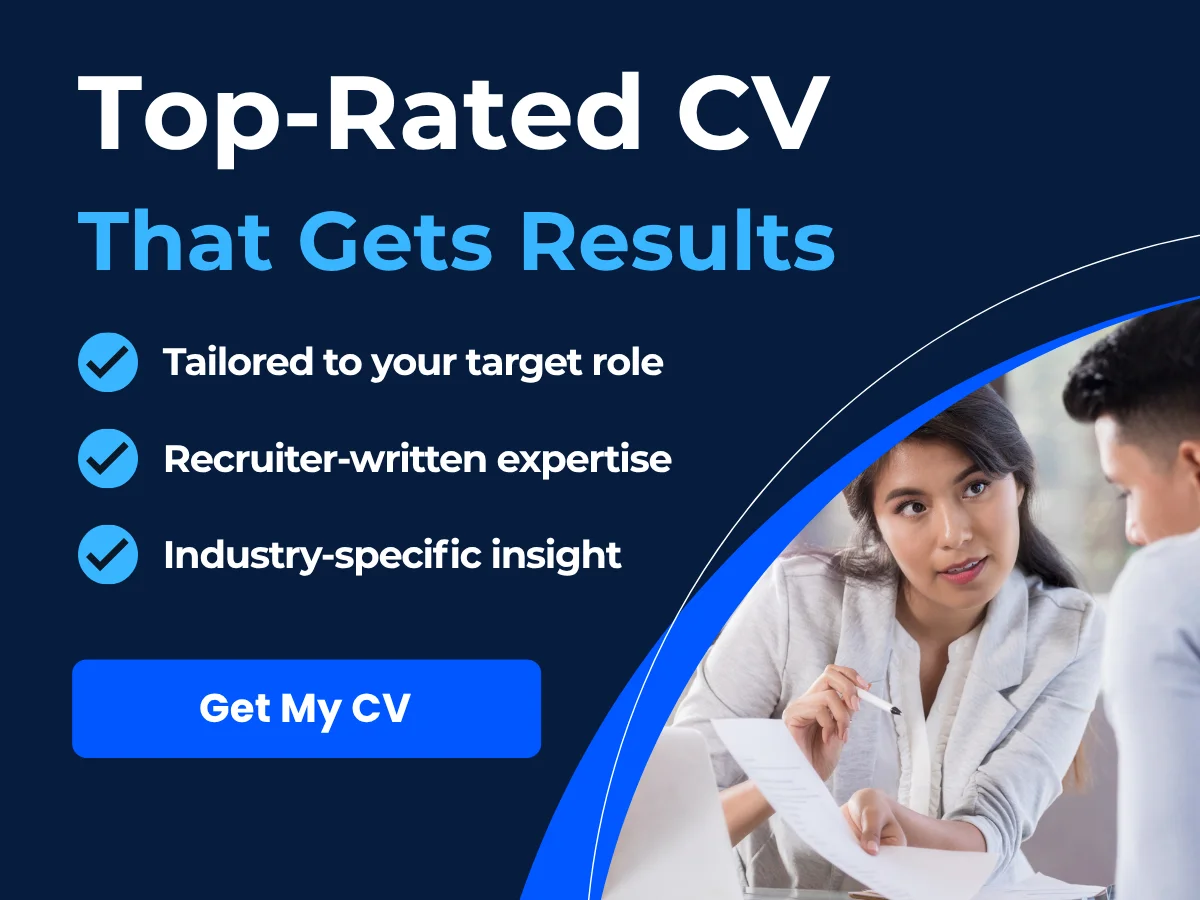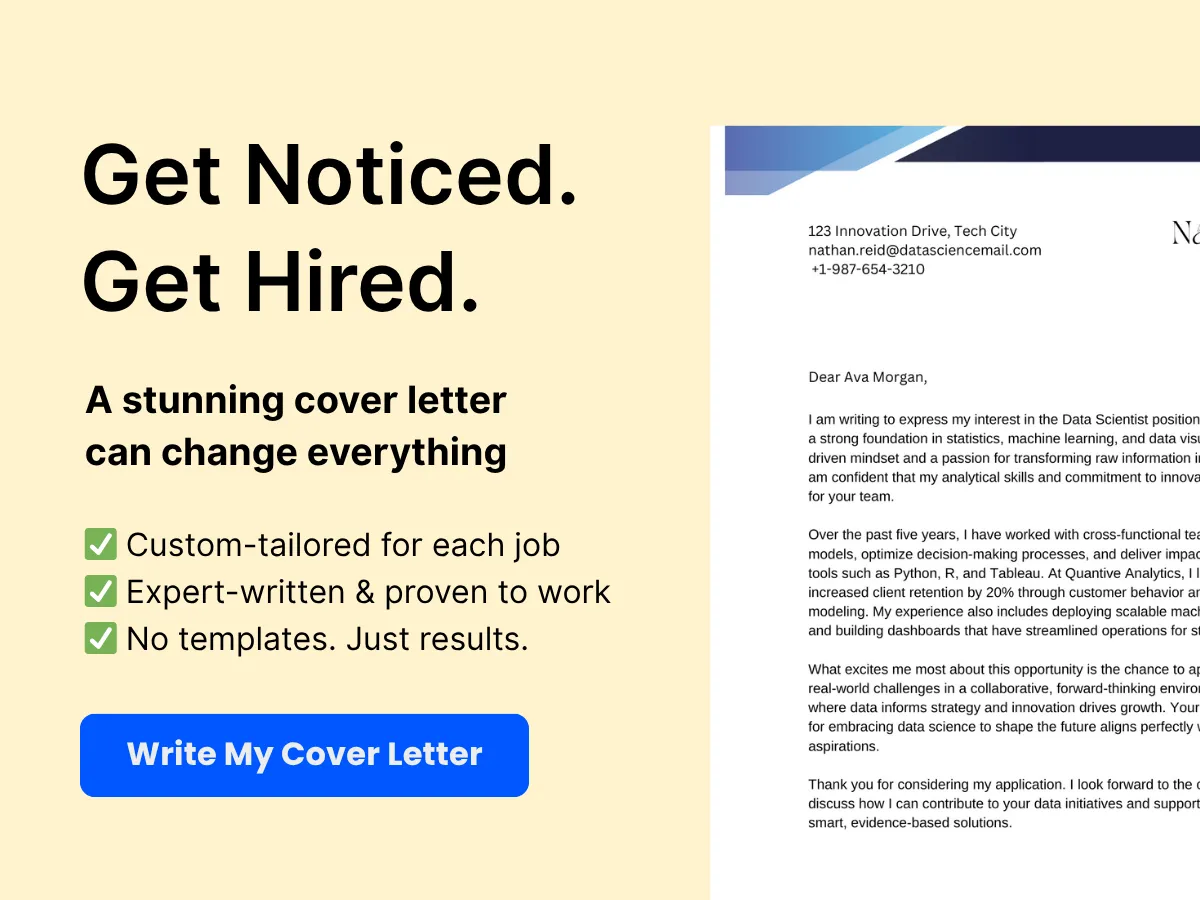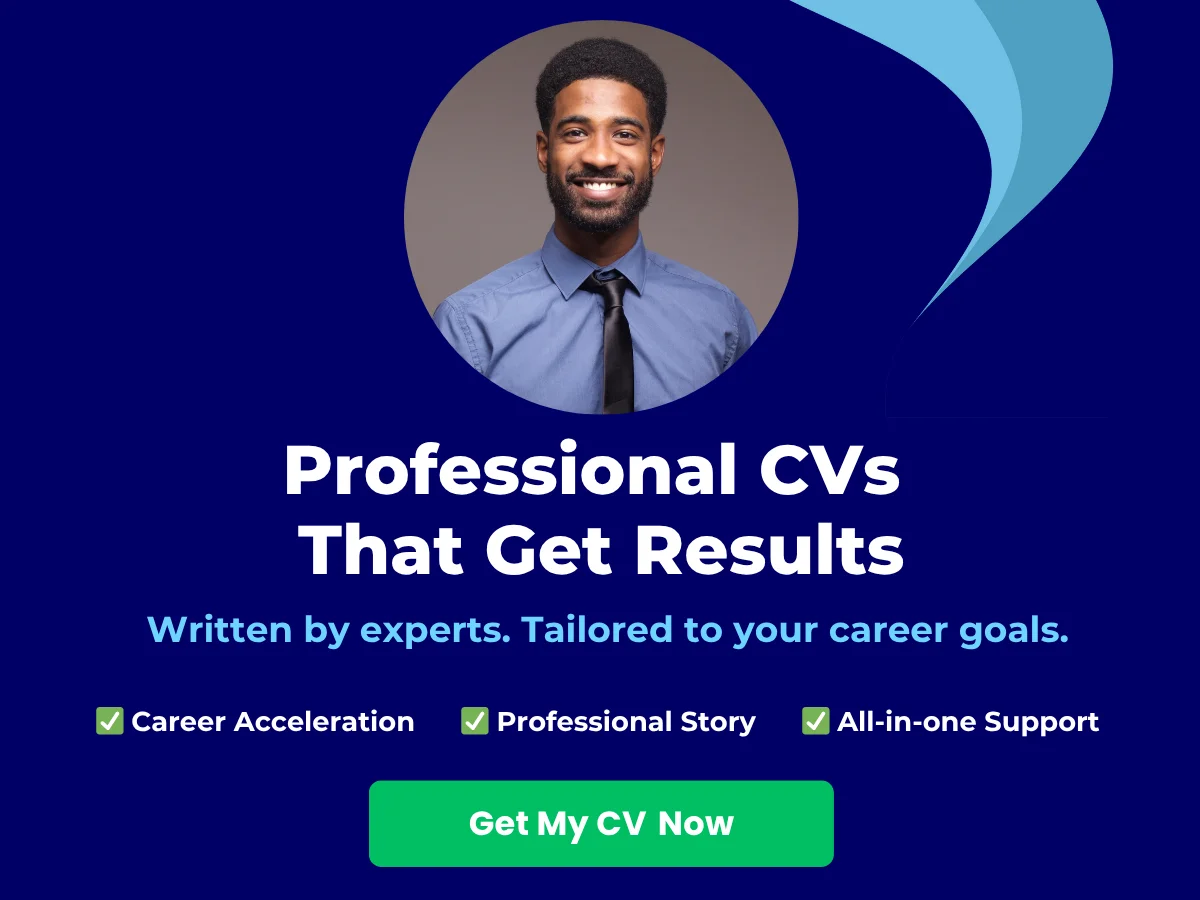In today’s dynamic job market, employment gaps have become a common concern for many job seekers. Whether due to personal circumstances, health issues, or the pursuit of further education, these gaps can raise questions in the minds of potential employers. Understanding how to effectively address and navigate these periods of unemployment is crucial for anyone looking to re-enter the workforce with confidence.
Recognizing the significance of employment gaps is the first step toward overcoming them. They can impact not only your resume but also your self-esteem and job search strategy. However, with the right approach, these gaps can be reframed as opportunities for growth and development. In this article, we will explore effective examples of how to present employment gaps positively, along with strategic solutions to help you articulate your experiences and skills in a way that resonates with employers.
By the end of this article, you will gain valuable insights into crafting a compelling narrative around your employment history, practical tips for addressing gaps in interviews, and strategies to enhance your overall job application. Whether you’re a seasoned professional or a recent graduate, this guide will equip you with the tools you need to turn potential obstacles into stepping stones on your career path.
Common Causes of Employment Gaps
Employment gaps can occur for a variety of reasons, and understanding these causes is crucial for both job seekers and employers. Recognizing the underlying factors can help individuals frame their experiences positively and prepare for discussions during interviews. Below, we explore the common causes of employment gaps, categorized into personal, professional, and economic factors.
Personal Reasons
Personal reasons for employment gaps often stem from individual circumstances that necessitate a break from the workforce. These can include health issues, family responsibilities, and personal development pursuits.


Health Issues
Health-related issues can significantly impact an individual’s ability to work. This may include physical ailments, mental health challenges, or recovery from surgery. For instance, someone who underwent major surgery may need several months to recuperate, leading to a gap in employment. Similarly, mental health struggles, such as anxiety or depression, can require time away from work to seek treatment and regain stability.
When addressing health-related employment gaps, it’s essential to frame the experience positively. For example, one might say, “I took time off to focus on my health, which has now allowed me to return to work with renewed energy and focus.” This approach not only explains the gap but also highlights resilience and a commitment to well-being.
Family Responsibilities
Family responsibilities are another common reason for employment gaps. This can include caring for children, elderly parents, or other family members. For instance, a parent may choose to take a few years off to raise children, which can lead to a significant gap in their employment history.
When discussing family responsibilities, it’s beneficial to emphasize the skills gained during this time. For example, managing a household can develop strong organizational and multitasking abilities. A candidate might say, “During my time away from the workforce, I honed my project management skills while coordinating family activities and schedules.” This not only explains the gap but also showcases valuable skills relevant to potential employers.
Personal Development and Sabbaticals
Some individuals choose to take time off for personal development or sabbaticals. This could involve traveling, volunteering, or pursuing further education. For example, a professional might take a year off to travel abroad, gaining new perspectives and experiences that can enhance their career.
When presenting a sabbatical on a resume, it’s important to articulate the benefits gained during this time. A candidate might say, “I took a sabbatical to travel and volunteer, which enriched my understanding of global markets and cultural dynamics, skills that I now bring to my professional role.” This approach not only explains the gap but also positions the experience as a valuable asset.


Professional Reasons
Professional reasons for employment gaps often relate to changes within the job market or an individual’s career path. These can include layoffs, career transitions, and further education.
Layoffs and Company Closures
Layoffs and company closures are unfortunate realities in today’s job market. Economic shifts, restructuring, or financial difficulties can lead to job loss, resulting in gaps in employment. For instance, an employee may be laid off during a company downsizing, leading to a period of unemployment while seeking new opportunities.
When discussing layoffs, it’s crucial to focus on the circumstances rather than personal shortcomings. A candidate might say, “I was part of a company-wide layoff due to restructuring, which provided me the opportunity to reassess my career goals and pursue new avenues.” This explanation not only clarifies the gap but also demonstrates adaptability and a proactive approach to career development.
Career Transitions
Career transitions can also lead to employment gaps. Individuals may decide to switch industries or pursue a different career path, which often requires additional training or education. For example, a teacher may choose to transition into corporate training, necessitating a period of retraining and skill development.
When addressing career transitions, it’s beneficial to highlight the steps taken to prepare for the new role. A candidate might say, “I took time to complete a certification program in corporate training, which has equipped me with the necessary skills to excel in my new career.” This not only explains the gap but also showcases a commitment to professional growth.


Further Education and Training
Pursuing further education or training is another common reason for employment gaps. Many individuals choose to return to school to enhance their qualifications or acquire new skills. For instance, someone may take a year off to complete a master’s degree or attend a specialized training program.
When discussing further education, it’s important to emphasize how this experience has prepared the individual for future roles. A candidate might say, “I took a year to complete my MBA, which has provided me with advanced skills in management and strategy that I am eager to apply in my next position.” This approach not only explains the gap but also positions the education as a valuable investment in their career.
Economic and Market Factors
Economic and market factors can also contribute to employment gaps, often beyond an individual’s control. These factors include recessions, industry-specific declines, and technological disruptions.
Recessions and Economic Downturns
Recessions and economic downturns can lead to widespread job losses and hiring freezes, resulting in employment gaps for many individuals. During such times, even highly qualified candidates may find it challenging to secure employment, leading to extended periods of job searching.
When discussing gaps caused by economic downturns, it’s essential to frame the experience in a way that highlights resilience. A candidate might say, “During the recent economic downturn, I faced challenges in securing a new position, which allowed me to focus on networking and skill development.” This explanation not only clarifies the gap but also demonstrates a proactive approach to career management.
Industry-Specific Declines
Some industries experience specific declines due to changes in consumer behavior, technological advancements, or regulatory shifts. For example, a professional in the print media industry may find themselves unemployed due to the rise of digital media. This can lead to gaps in employment as individuals seek opportunities in more stable or growing sectors.
When addressing industry-specific declines, it’s important to emphasize adaptability. A candidate might say, “After my position in print media was eliminated due to industry changes, I took the opportunity to explore roles in digital marketing, which has become a growing field.” This approach not only explains the gap but also showcases the individual’s willingness to adapt to market demands.


Technological Disruptions
Technological disruptions can also lead to employment gaps, particularly for individuals whose skills may become obsolete. For instance, a worker in a manufacturing role may find their job eliminated due to automation, leading to a period of retraining or job searching.
When discussing gaps caused by technological disruptions, it’s beneficial to highlight the steps taken to stay relevant. A candidate might say, “After my role was impacted by automation, I took the initiative to enroll in courses on advanced manufacturing technologies, positioning myself for new opportunities in the field.” This explanation not only clarifies the gap but also demonstrates a commitment to continuous learning and professional development.
Impact of Employment Gaps on Career Prospects
Perceptions by Employers
Employment gaps can evoke a range of perceptions among employers, often leading to biases that can affect hiring decisions. Many employers view gaps in employment history as red flags, questioning the candidate’s reliability, commitment, or even competence. This perception is particularly prevalent in competitive job markets where numerous candidates vie for the same position. Employers may wonder why a candidate was unable to secure employment during that time and may assume the worst—such as a lack of skills or motivation.
However, it is essential to recognize that not all employment gaps are created equal. The context surrounding the gap plays a significant role in how it is perceived. For instance, a gap due to further education, caregiving responsibilities, or health issues can be viewed more favorably than a gap without a clear explanation. Candidates can mitigate negative perceptions by proactively addressing their employment gaps in their resumes and cover letters, providing context that highlights their skills and experiences gained during that time.
To illustrate, consider a candidate who took a two-year break to care for a sick family member. In their resume, they could include a brief explanation of their caregiving role, emphasizing skills such as time management, organization, and emotional intelligence. By framing the gap positively, candidates can shift the focus from the absence of employment to the valuable experiences that contributed to their personal and professional growth.
Effects on Skill Retention and Development
Another significant impact of employment gaps is on skill retention and development. The fast-paced nature of many industries means that skills can become outdated quickly. For instance, in the technology sector, programming languages and software tools evolve rapidly, and a year away from the field can result in a considerable knowledge gap. This can make it challenging for candidates to re-enter the workforce, as they may find themselves competing against others who have maintained their skills through continuous employment.


To combat this issue, individuals with employment gaps should consider engaging in activities that help them stay current in their field. This could include online courses, certifications, volunteering, or freelance work. For example, a marketing professional who has been out of work for a year might take online courses in digital marketing trends or social media strategies to refresh their knowledge and demonstrate their commitment to professional development.
Additionally, networking can play a crucial role in skill retention. By attending industry events, joining professional organizations, or participating in online forums, individuals can stay connected with industry trends and best practices. This not only helps in skill retention but also expands their professional network, which can be invaluable when seeking new job opportunities.
Psychological and Emotional Impact
The psychological and emotional impact of employment gaps can be profound. Many individuals experience feelings of inadequacy, anxiety, and low self-esteem when faced with the stigma of an employment gap. The fear of being judged by potential employers can lead to a lack of confidence during interviews and networking opportunities, further perpetuating the cycle of unemployment.
Moreover, the longer an individual is out of work, the more challenging it can become to re-enter the job market. This can lead to a sense of hopelessness, particularly if job applications go unanswered or if interviews do not lead to job offers. The emotional toll of prolonged unemployment can also affect personal relationships and overall well-being, making it essential for individuals to seek support during this time.
To address these psychological challenges, individuals can benefit from various strategies. First, it is crucial to maintain a positive mindset. This can be achieved through self-reflection and recognizing the value of the experiences gained during the employment gap. Engaging in activities that promote mental well-being, such as exercise, meditation, or hobbies, can also help alleviate stress and anxiety.
Additionally, seeking support from peers, mentors, or career coaches can provide encouragement and guidance. These individuals can offer valuable insights into navigating the job market and help build confidence in one’s abilities. Support groups, whether in-person or online, can also provide a sense of community and shared experience, which can be comforting during challenging times.


Finally, it is essential to develop a strategic approach to job searching. This includes tailoring resumes and cover letters to highlight relevant skills and experiences, preparing for interviews by practicing responses to common questions about employment gaps, and leveraging networking opportunities to connect with potential employers. By taking proactive steps, individuals can regain control over their job search and mitigate the emotional impact of employment gaps.
While employment gaps can pose challenges in the job market, understanding their impact on career prospects is crucial. By addressing employer perceptions, actively working on skill retention, and managing the psychological effects, individuals can navigate their employment gaps more effectively and position themselves for future success.
Effective Examples of Addressing Employment Gaps
Crafting a Compelling CV
When addressing employment gaps in your CV, the goal is to present your professional history in a way that minimizes the impact of those gaps while highlighting your skills and experiences. A well-crafted CV can make a significant difference in how potential employers perceive your qualifications.
Functional vs. Chronological CVs
One of the first decisions you’ll need to make is whether to use a functional or chronological CV format. A chronological CV lists your work experience in reverse order, which can draw attention to gaps in employment. In contrast, a functional CV focuses on your skills and experiences rather than the timeline of your employment. This format can be particularly effective for individuals with employment gaps, as it allows you to emphasize your abilities over your work history.
For example, if you took a year off to care for a family member, a functional CV can highlight your project management skills, communication abilities, and any relevant training or certifications you acquired during that time. This approach shifts the focus from when you worked to what you can bring to the table.
Highlighting Transferable Skills
Regardless of the CV format you choose, it’s essential to highlight transferable skills that are relevant to the job you’re applying for. Transferable skills are abilities that can be applied across various roles and industries, such as leadership, problem-solving, and teamwork.


For instance, if you worked in customer service before taking a break, you likely developed strong communication and conflict resolution skills. When crafting your CV, you can create a section dedicated to these skills, providing specific examples of how you utilized them in past roles. This not only demonstrates your qualifications but also reassures employers that you possess valuable skills despite the gap in your employment history.
Including Volunteer Work and Freelance Projects
Another effective strategy for addressing employment gaps is to include any volunteer work or freelance projects you undertook during your time away from traditional employment. These experiences can showcase your commitment to professional development and your ability to stay engaged in your field.
For example, if you volunteered for a nonprofit organization, you could detail your responsibilities and the skills you developed, such as event planning, fundraising, or community outreach. Similarly, if you took on freelance projects, highlight the clients you worked with and the outcomes of those projects. This not only fills the gap in your employment history but also demonstrates your initiative and adaptability.
Writing a Persuasive Cover Letter
Your cover letter is an opportunity to address your employment gap directly and provide context for potential employers. A well-written cover letter can complement your CV and help you stand out in a competitive job market.
Addressing the Gap Directly
When writing your cover letter, it’s important to address the employment gap directly but succinctly. You don’t need to provide an exhaustive explanation; instead, offer a brief statement that acknowledges the gap and focuses on what you learned or accomplished during that time.
For example, you might write, “After taking a year off to care for my family, I am excited to return to the workforce with renewed energy and a commitment to leveraging my skills in a new role.” This approach shows honesty and transparency while redirecting the focus to your enthusiasm for the position.
Emphasizing Growth and Learning
In addition to addressing the gap, use your cover letter to emphasize any personal or professional growth you experienced during your time away. This could include taking courses, attending workshops, or developing new skills that are relevant to the job you’re applying for.
For instance, if you took an online course in digital marketing while on a break, mention this in your cover letter. You could say, “During my time away, I completed a certification in digital marketing, which has equipped me with the latest strategies and tools to drive successful campaigns.” This not only shows that you were proactive but also highlights your commitment to continuous learning.
Demonstrating Enthusiasm and Fit
Finally, your cover letter should convey your enthusiasm for the position and the company. Research the organization and mention specific aspects that resonate with you, such as their mission, values, or recent projects. This demonstrates that you are genuinely interested in the role and have taken the time to understand the company’s culture.
For example, you might write, “I am particularly drawn to your company’s commitment to sustainability and innovation, and I am eager to contribute my skills in project management to help drive your initiatives forward.” This personal touch can make a significant impact on hiring managers.
Preparing for Interviews
Once you’ve crafted a compelling CV and cover letter, the next step is to prepare for interviews. This is your opportunity to further address your employment gap and showcase your qualifications in person.
Developing a Clear Narrative
Before your interview, develop a clear narrative that explains your employment gap. Practice articulating your story in a way that is concise and positive. Focus on the skills you gained, the experiences you had, and how they relate to the position you’re applying for.
For example, you might say, “I took a year off to care for my family, during which I honed my organizational and time management skills. I also took the opportunity to volunteer with a local nonprofit, where I managed several community events. This experience reinforced my passion for project management and my desire to contribute to a team.”
Practicing Common Questions
In addition to preparing your narrative, practice answering common interview questions that may arise regarding your employment gap. Questions like “Can you explain the gap in your employment history?” or “What have you been doing during your time away from work?” are likely to come up.
Rehearse your responses to these questions, ensuring that you remain confident and positive. Remember, the goal is to reassure the interviewer that you are ready to return to work and that you have valuable skills to offer.
Showcasing Continuous Learning and Adaptability
During the interview, take the opportunity to showcase your commitment to continuous learning and adaptability. Discuss any courses, certifications, or skills you acquired during your employment gap, and explain how they make you a stronger candidate for the position.
For instance, you might say, “In addition to my previous experience, I have been actively learning about the latest trends in the industry through online courses and webinars. I believe this knowledge will allow me to contribute effectively to your team from day one.” This demonstrates your proactive approach and readiness to take on new challenges.
Strategic Solutions for Managing Employment Gaps
Employment gaps can be a source of anxiety for job seekers, but with the right strategies, they can be effectively managed and even turned into opportunities for growth. This section explores various proactive career management techniques, the benefits of temporary and gig work, and the importance of seeking professional help to navigate employment gaps successfully.
Proactive Career Management
Proactive career management involves taking deliberate steps to enhance your employability and career trajectory, especially during periods of unemployment. By focusing on continuous learning, networking, and personal branding, individuals can mitigate the impact of employment gaps.
Continuous Learning and Skill Development
In today’s fast-paced job market, continuous learning is essential. Engaging in skill development not only fills the gap in your resume but also demonstrates to potential employers that you are committed to personal and professional growth. Here are some effective ways to pursue continuous learning:
- Online Courses: Platforms like Coursera, Udemy, and LinkedIn Learning offer a plethora of courses across various fields. Completing relevant courses can enhance your skill set and make you more attractive to employers.
- Certifications: Obtaining industry-recognized certifications can significantly boost your credibility. For example, a project management certification can be beneficial for those looking to enter or re-enter the project management field.
- Workshops and Seminars: Attending workshops and seminars not only provides learning opportunities but also allows you to meet industry professionals and expand your network.
By actively engaging in continuous learning, you can demonstrate to potential employers that you are proactive and adaptable, qualities that are highly valued in any candidate.
Networking and Professional Associations
Networking is a powerful tool for career advancement and can be particularly beneficial during employment gaps. Building and maintaining professional relationships can lead to job opportunities and valuable insights into industry trends. Here are some strategies for effective networking:
- Join Professional Associations: Becoming a member of industry-specific associations can provide access to exclusive job boards, networking events, and professional development resources.
- Attend Networking Events: Participate in local meetups, conferences, and workshops to connect with professionals in your field. These events can lead to job referrals and collaborations.
- Informational Interviews: Reach out to individuals in roles or companies you admire and request informational interviews. This not only expands your network but also provides insights into potential career paths.
Networking can help you stay informed about job openings and industry developments, making it easier to transition back into the workforce.
Leveraging Social Media and Personal Branding
In the digital age, your online presence can significantly impact your job search. Leveraging social media platforms, particularly LinkedIn, can enhance your personal brand and attract potential employers. Here are some tips for effective personal branding:
- Optimize Your LinkedIn Profile: Ensure your LinkedIn profile is complete, showcasing your skills, experiences, and accomplishments. Use a professional photo and write a compelling summary that highlights your career journey.
- Share Relevant Content: Regularly post articles, insights, or updates related to your industry. This positions you as a knowledgeable professional and keeps you on the radar of your connections.
- Engage with Others: Comment on posts, join discussions, and connect with industry leaders. Engaging with others can lead to new opportunities and collaborations.
By effectively managing your online presence, you can create a strong personal brand that resonates with potential employers.
Utilizing Temporary and Gig Work
Temporary and gig work can serve as a bridge during employment gaps, providing valuable experience and income while you search for a permanent position. This section explores the benefits of temporary assignments, finding freelance opportunities, and building a portfolio of work.
Benefits of Temporary Assignments
Temporary assignments can offer several advantages:
- Skill Enhancement: Temporary roles allow you to acquire new skills and gain experience in different environments, making you a more versatile candidate.
- Networking Opportunities: Working in various organizations can help you expand your professional network, potentially leading to future job opportunities.
- Income Generation: Temporary work provides a source of income during your job search, alleviating financial stress.
Employers often view temporary work positively, as it demonstrates your willingness to adapt and your commitment to staying active in your field.
Finding Freelance Opportunities
The gig economy has expanded significantly, offering numerous freelance opportunities across various industries. Here are some platforms to consider:
- Freelancer Platforms: Websites like Upwork, Fiverr, and Freelancer connect freelancers with clients seeking specific skills. Create a profile showcasing your expertise and start bidding on projects.
- Industry-Specific Sites: Depending on your field, there may be niche platforms that cater specifically to your skills, such as 99designs for designers or Toptal for software developers.
- Local Job Boards: Check local job boards or community groups for freelance opportunities that may not be advertised on larger platforms.
Freelancing not only helps fill employment gaps but also allows you to work on diverse projects, enhancing your portfolio.
Building a Portfolio of Work
As you engage in temporary or freelance work, it’s essential to build a portfolio that showcases your skills and accomplishments. A well-organized portfolio can be a powerful tool during your job search. Here’s how to create an effective portfolio:
- Select Relevant Work: Include projects that highlight your best work and are relevant to the positions you are applying for.
- Provide Context: For each project, include a brief description of your role, the challenges faced, and the outcomes achieved. This helps potential employers understand your contributions.
- Use Visuals: If applicable, incorporate visuals such as images, graphs, or videos to make your portfolio more engaging.
A strong portfolio not only demonstrates your skills but also provides tangible evidence of your capabilities to potential employers.
Seeking Professional Help
Sometimes, navigating employment gaps can be challenging, and seeking professional help can provide valuable guidance. This section discusses the benefits of working with career coaches and mentors.
Career Coaches and Mentors
Career coaches and mentors can offer personalized advice and support tailored to your unique situation. Here’s how they can help:
- Goal Setting: A career coach can help you define your career goals and create a strategic plan to achieve them.
- Interview Preparation: Coaches can provide mock interviews and feedback, helping you improve your interview skills and boost your confidence.
- Networking Strategies: A mentor can introduce you to valuable contacts in your industry, expanding your professional network.
Investing in a career coach or mentor can provide you with the tools and insights needed to navigate your job search effectively.
Future Trends and Considerations
The Gig Economy and Flexible Work Arrangements
The gig economy has transformed the traditional employment landscape, offering individuals a plethora of opportunities to engage in short-term, flexible work arrangements. This shift is particularly significant for those with employment gaps, as it allows them to re-enter the workforce without the pressure of committing to a full-time position immediately. Freelancing, contract work, and part-time roles have become increasingly popular, providing a viable pathway for individuals to showcase their skills and gain relevant experience.
For instance, a professional who took time off to care for family members can leverage platforms like Upwork or Fiverr to find freelance projects that align with their expertise. This not only helps them fill the employment gap on their resume but also allows them to stay current with industry trends and technologies. Moreover, gig work can serve as a bridge to full-time employment, as many companies are now open to hiring freelancers for permanent roles after assessing their performance on short-term projects.
Additionally, flexible work arrangements, such as remote work and job sharing, have gained traction. These options can be particularly appealing to individuals who may have faced challenges in traditional work settings, such as those with caregiving responsibilities or health issues. By embracing these arrangements, employers can tap into a diverse talent pool while providing opportunities for individuals to balance their personal and professional lives.
The Role of Technology in Bridging Gaps
Technology plays a pivotal role in addressing employment gaps, offering tools and resources that facilitate skill development and job searching. Online learning platforms, such as Coursera, LinkedIn Learning, and Udemy, provide individuals with the opportunity to upskill or reskill at their own pace. This is especially beneficial for those who have been out of the workforce for an extended period, as they can acquire new competencies that align with current market demands.
For example, a marketing professional who has been away from the industry for several years may find that digital marketing skills are now essential. By enrolling in online courses, they can learn about social media marketing, SEO, and data analytics, making them more attractive to potential employers. Furthermore, many of these platforms offer certificates upon completion, which can be added to resumes to demonstrate a commitment to professional development.
Job search technology has also evolved, with platforms like Indeed, Glassdoor, and LinkedIn providing tailored job recommendations based on an individual’s skills and experience. These platforms often include features that allow users to highlight their unique circumstances, such as employment gaps, and provide resources for addressing these gaps in their applications. For instance, LinkedIn offers a “Career Break” feature, enabling users to explain their time away from work in a positive light, focusing on the skills and experiences gained during that period.
Changing Employer Attitudes Towards Employment Gaps
As the workforce evolves, so too do employer attitudes towards employment gaps. In recent years, there has been a noticeable shift in how hiring managers perceive these gaps. Many employers are beginning to recognize that career breaks can be a result of various life circumstances, such as caregiving, health issues, or further education, rather than a lack of commitment or capability.
Research indicates that companies that prioritize diversity and inclusion are more likely to embrace candidates with employment gaps. These organizations understand that diverse experiences can bring unique perspectives and skills to the table. For example, a candidate who took time off to travel may have developed strong problem-solving skills and adaptability, which are highly valued in today’s fast-paced work environment.
Moreover, some companies are actively seeking to attract talent with non-linear career paths. They recognize that traditional career trajectories are becoming less common, and individuals with varied experiences can contribute to innovation and creativity within teams. This shift is particularly evident in industries such as technology and creative fields, where diverse backgrounds are often seen as an asset.
To further support this trend, many organizations are implementing training programs for hiring managers to help them understand the value of diverse experiences and how to assess candidates fairly. This includes training on unconscious bias and the importance of looking beyond conventional qualifications to evaluate a candidate’s potential.
In addition, some companies are adopting more flexible hiring practices, such as skills-based assessments and project-based interviews, which allow candidates to demonstrate their abilities without being solely judged on their employment history. This approach not only benefits candidates with gaps in their resumes but also helps employers identify the best talent based on skills and potential rather than traditional metrics.
As the job market continues to evolve, it is essential for job seekers to stay informed about these changing attitudes and leverage them to their advantage. By understanding what employers are looking for and how they perceive employment gaps, individuals can tailor their applications and interview strategies accordingly.
The future of employment gaps is being shaped by the rise of the gig economy, advancements in technology, and changing employer attitudes. By embracing flexible work arrangements, utilizing online learning resources, and understanding the evolving perceptions of hiring managers, individuals can effectively navigate their career paths and turn potential obstacles into opportunities for growth and success.
Key Takeaways
- Understanding Employment Gaps: Recognize that employment gaps can arise from various personal, professional, and economic factors, including health issues, family responsibilities, layoffs, and market downturns.
- Addressing Perceptions: Be aware that employers may have biases regarding employment gaps. It’s crucial to proactively address these gaps in your CV and during interviews to mitigate concerns.
- Crafting Your CV: Utilize a functional CV format to emphasize transferable skills and relevant experiences. Include volunteer work and freelance projects to showcase continuous engagement in your field.
- Writing a Persuasive Cover Letter: Directly address your employment gap, focusing on what you learned during that time and how it has prepared you for future roles. Highlight your enthusiasm and fit for the position.
- Preparing for Interviews: Develop a clear narrative that explains your employment gap. Practice common interview questions and emphasize your commitment to continuous learning and adaptability.
- Proactive Career Management: Engage in continuous learning, networking, and personal branding to enhance your employability. Leverage social media to showcase your skills and connect with industry professionals.
- Utilizing Temporary Work: Consider temporary or gig work as a way to fill employment gaps. This can provide valuable experience, help build a portfolio, and demonstrate your ability to adapt to different work environments.
- Future Trends: Stay informed about the gig economy and technological advancements that can help bridge employment gaps. Be aware of changing employer attitudes that may be more accepting of non-linear career paths.
By understanding the causes and impacts of employment gaps, and by implementing strategic solutions, job seekers can effectively navigate their career journeys. Embrace these insights to enhance your employability and confidently address any gaps in your work history.








